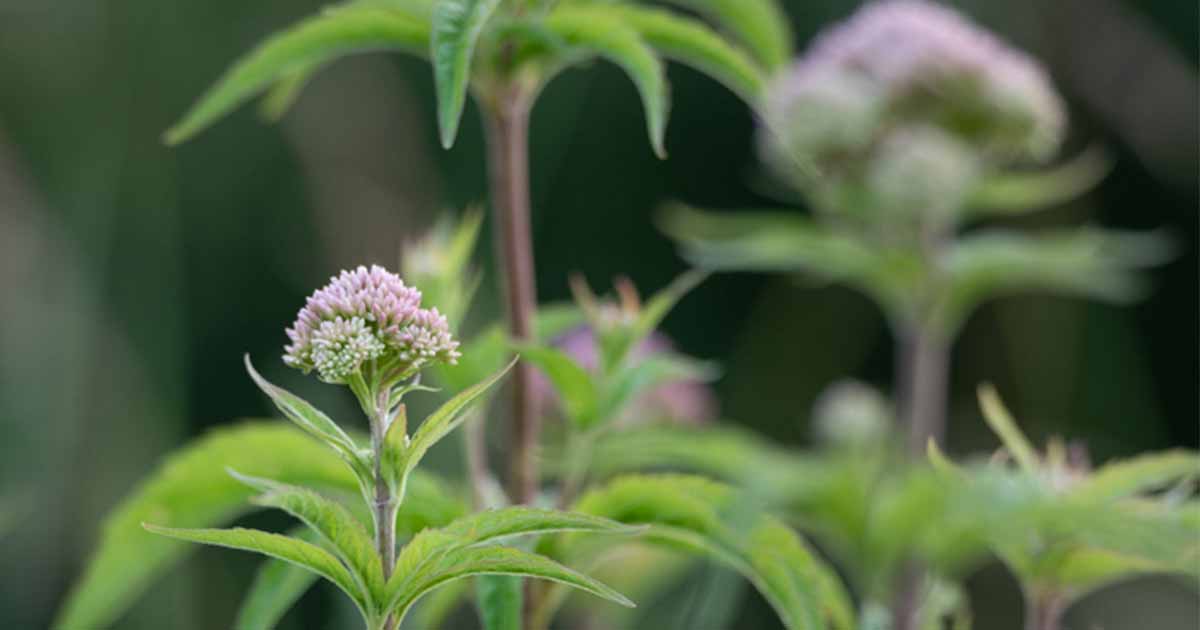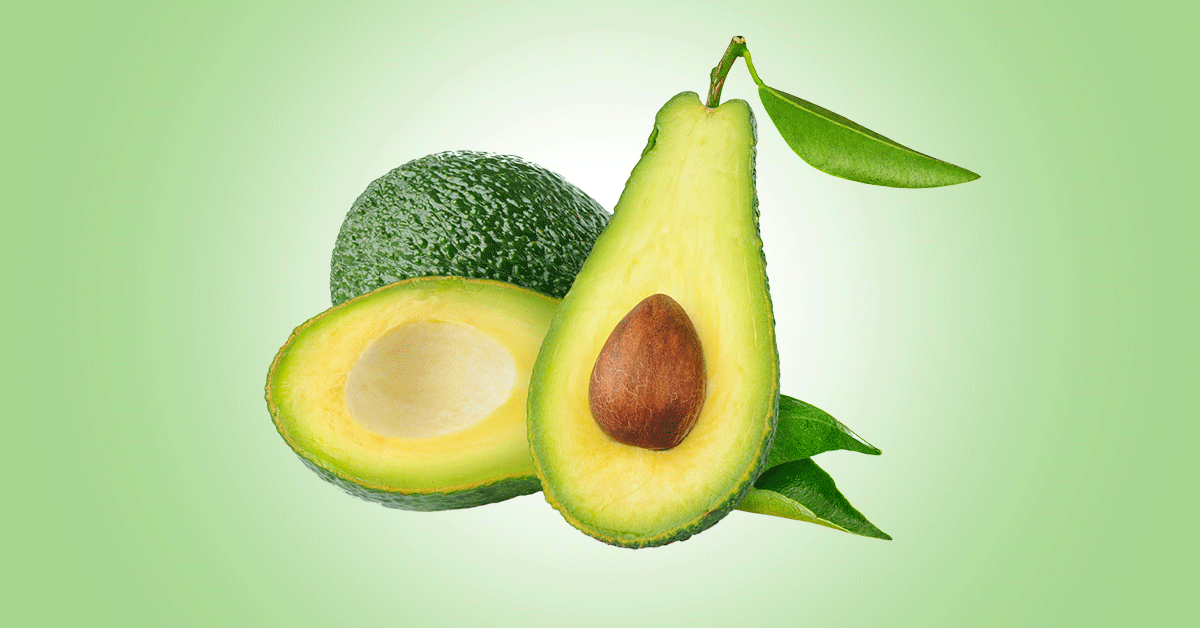Water mint (Mentha aquatica L.), also called marsh mint, is a perennial herbaceous plant of the mentha species. It is an aromatic and medicinal plants that belong to the Lamiaceae family. The sweet tasting mint is an aquatic riparian flora. When water mint cross with spearmint, it produces peppermint.
Water mint is native to Europe, Northwest Africa and Southwest Asia. It was introduced into the US, Canada, New Zealand, Australia. It grows in damp places such as margins of rivers, ponds, lakes, streams, canals, agricultural grassland, drainage ditches.
The tree can grow up to 30 to 60 cm height. It has an erect, often dark reddish, square stem, that can be hairy or smooth.
The leaves are green to having purple edges and veins, thick, ovate with serrated edges, grows opposite, and almost glabrous. There is a round flower head at the plant apex. The flowerheads are pink to lilac clusters of tiny flowers on the stem.
Water mint leaves have the fragrance of peppermint, and is used to flavor salads or cooked foods. A herbal tea is made from the infusion of the leaves. It can be eaten raw or cooked.
Water mint has been used for treating stomach upset. It is also a mild sedative.
Composition
Mentha aquatica contains phenolics, tannins, terpenes, terpenoids, quinones, coumarins, flavonoids, alkaloids, sterols, and saponins.
The phenolic compounds include flavonoids, phenolic acids, lignans, and stilbenes. The most abundant phenolic acids include caffeic acid and its derivatives, chlorogenic and rosmarinic acid.
The flavonoids are mainly the flavones and flavanones. The flavonoids include luteolin, eriocitrin, naringenin-7-O-glucoside, hesperidinin, luteolin-7-O-glucoside isorhoifolin, eriodictyol, and apigenin.
The essential oils of water mint consist of mainly monoterpenoids, followed by sesquiterpenoids, and non-terpenoids. The main constituent of the essential oils are 1,8-cineole, menthofuran, β-caryophyllene, and limonene. Others are p- menthone, α-pinene, linalol, germacrene D, trans-β-ocimene, α-terpeneol, viridiflorol, α-cadinol, eucalyptol, sabinene, and geranyl butyrate.
Health Benefits of Water Mint
Antioxidants: Phenolic compounds, and flavonoids from Mentha aquatica especially rosmarinic acid and eriodictyol-O-rutinoside are strong antioxidants. They prevent free radical formation and the development of cardiovascular diseases, cancers.
Treat cough and cold: The essential oils of the Mentha aquaticaare used to treat cough and cold symptoms, and respiratory issues.
Antimicrobial activity: Essential oils of water mint inhibit bacterial and fungi. It has reported activities against microorganisms such as Staphylococcus aureus, S. aureus, Sarcina luteus, Lactobacillus reuteri, Bifidobacterium animalis, Clostridium perfringens, and Bacilus pumilus.
Hepatoprotection: Water mint extract exerts a cytoprotective effect on HepG2 cells. This protective effect on the liver is due to the antioxidant potentials of the polyphenols such as rosmarinic acid, and luteolin.
Anti-inflammatory activity: Water mint extract has a NO scavenging and 5-LOX inhibitory activities. NO is a chemical mediator generated in biological tissues, while 5-LOX acts as a key enzyme in leukotrienes biosynthesis. These are mediators of inflammation.
This means it can be used in inflammation-related diseases, like rheumatism.
Anticancer effect: The plant extract showed inhibitory activity against MCF-7 human breast cancer cell.
It also inhibited skin carcinogenesis by suppressing keratin 14 and COX-2 overexpression in 7,12 dimethylbenz[a]anthracene/12-O-tetradecanoylphorbol-13-acetate (DMBA/TPA)-induced two-stage carcinogenesis mouse models (Chang et al. 2019)
References
- https://www.ediblewildfood.com/water-mint.aspx
- https://www.first-nature.com/flowers/mentha-aquatica.php
- https://pdfs.semanticscholar.org/5a6f/2410571ce85691bd34e1c93b5a1694fb01cd.pdf
- https://ejs.tdmu.edu.vn/uploads/paper/files/4-Pham-Thi-My-Tram.pdf












